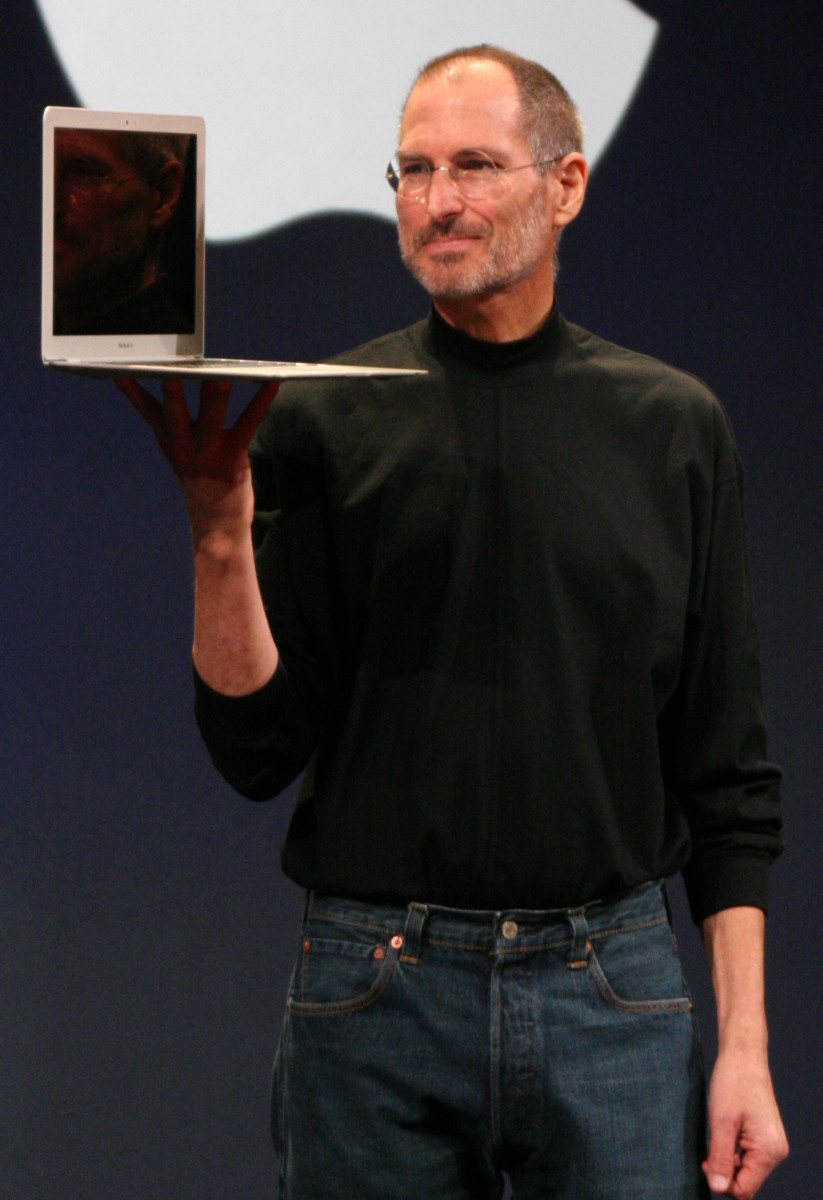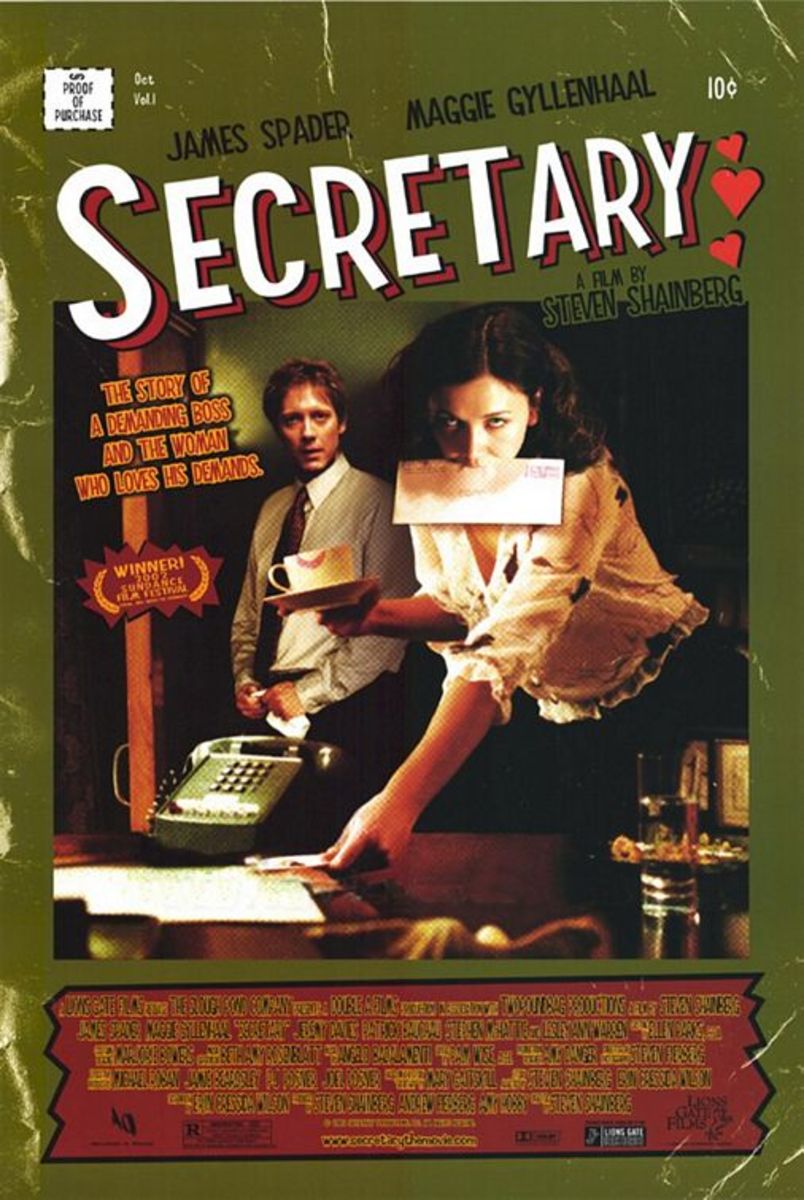When Smith Met Wesson, Pt. 2
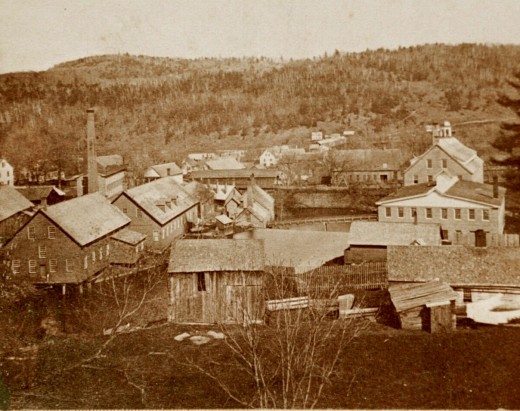
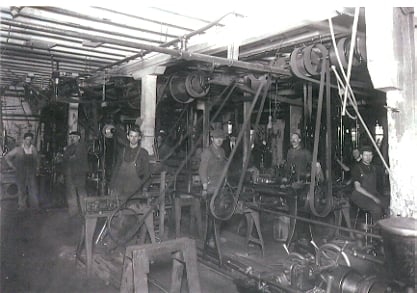
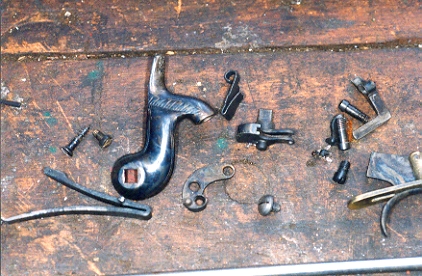
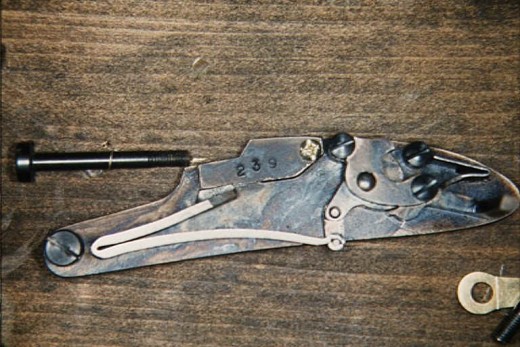
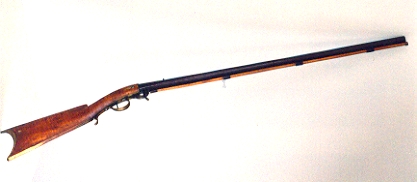
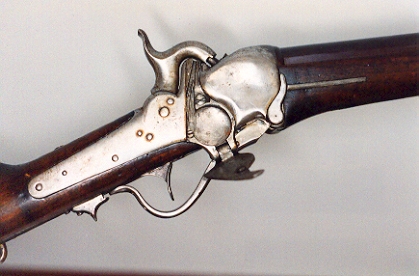
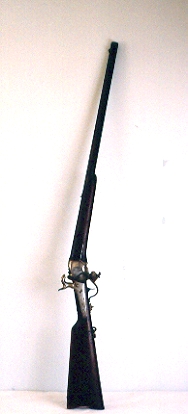
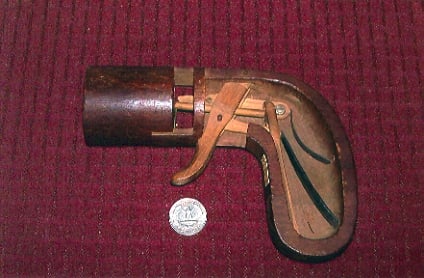
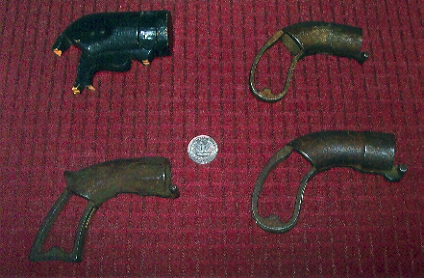
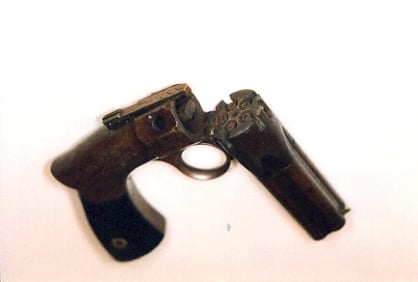
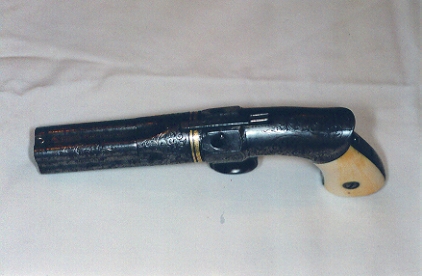
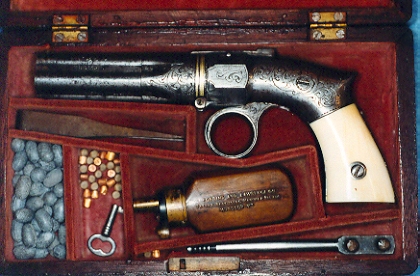
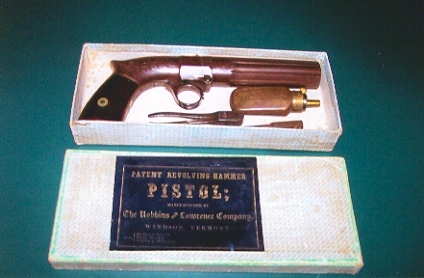
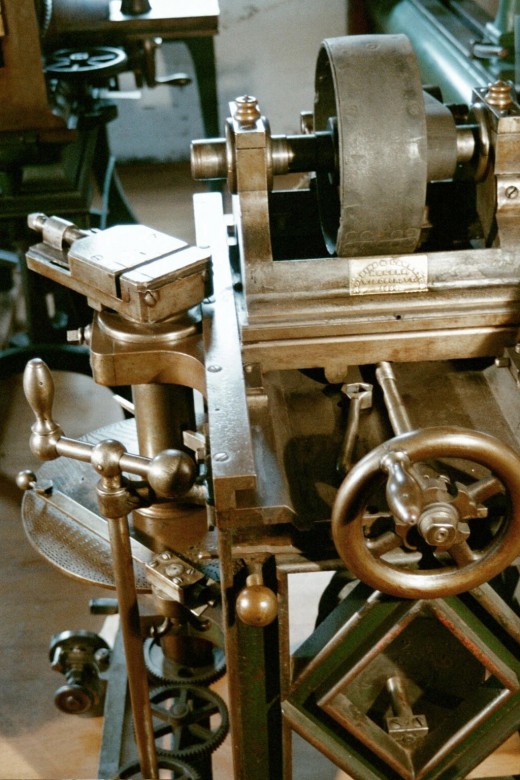
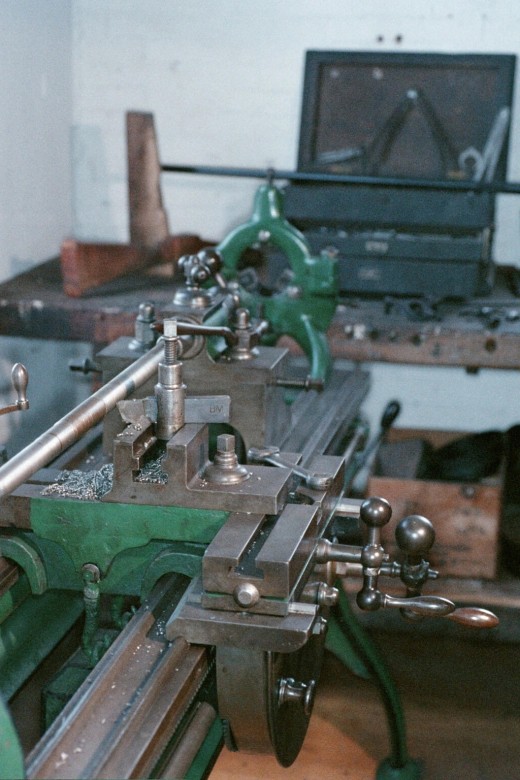
Part 2
As he headed north to Vermont with the machinery of the Leonard Pistol Manufacturing Company, 25-year old Daniel Wesson had a lot to think about. The last year had not been easy. He had been working in his older brother’s shop for the past six years and, with the stability of being a gunsmith making the world’s finest target rifles, he had, upon completing his apprenticeship, married Cynthia in ’47. His younger brother Franklin had just finished his apprenticeship and Daniel was working on the development of a new revolver patented by his brother Edwin and Daniel Leavitt. Then Edwin died of a heart attack and Franklin left for California. With Edwin gone their gun business was in disarray and Daniel Wesson was left to fight an impending patent infringement suit with Samuel Colt. By taking on this contract with George Leonard, Jr. he was leaving his new partner, Thomas Warner, to supervise a failing business, and his wife with a three-year-old daughter and newborn son.
Sometime during 1846 Richard Lawrence had conceived of a new method for manufacturing and the firm of Robbins, Kendall & Lawrence had, for the first time in history, completed a military contract ahead of schedule. Furthermore, the component parts—especially the mechanical lock--of the Model 1841 Springfield musket were fabricated to a degree of uniform precision never before seen on a mass-produced product. The Jeffersonian goal of attaining true interchangeability for mass-production parts had been achieved. By the time the second gun contract had been awarded to the Windsor firm--now just Robbins & Lawrence--this new manufacturing method was being adopted by companies up and down the Connecticut River Valley. In 1850 the Robbins & Lawrence had become the world’s most advanced machine shop and their work was the cutting edge of technology. Daniel Wesson had more than one reason to take the job of being a representative for George Leonard, Jr., but he also knew it was his ticket into the “Windsor School.”
Leonard was not the first gunsmith to obtain a contract with Robbins & Lawrence. Christian Sharps had arrived in Windsor with the Model 1850 version (his second) of his “Sliding Breech Rifle” that had been made by the Maynard Gun Company in Chicopee Falls, Massachusetts. Working out a contract that would pay Sharps a dollar for every rifle produced, Richard Lawrence, and a team that included gunsmith Rollin White, redesigned the breech mechanism and developed machines to produce it. Manufacturing the contracted 5,000 new Model 1851 “Box Lock” Sharps required construction of new buildings on the Windsor property.
When Daniel Wesson arrived new buildings also had to be constructed for pistol manufacturing, the existing pistol redesigned, new machines created, and existing ones modified. Richard Lawrence and Wesson set about creating a new spring system for the revolving hammer that fired chambers in five stationary barrels (a pepperbox). Leonard’s pistol clearly circumvented Colt’s patents, something that was painfully obvious to Wesson (and would become more so as the Colt vs Massachusetts Arms Co. over the Wesson & Levitt revolver developed in the major court case of the time) but it was cumbersome and difficult to manufacture. Together, Lawrence and Wesson developed a sleek five-shot .28 caliber (later .31 caliber) pocket pistol.
Amid this whirlwind of gun development, production of the Model 1841 Springfield muskets continued. The California Gold Rush had created such a demand for firearms that components of the military rifles that didn’t pass inspection were being quickly converted into civilian guns for westward-bound adventurers. Machine tools were being built and sold to other armories and manufacturers as quickly as they could be produced. Then Courtland Palmer arrived with his Jennings rifle.When Smith Met Wesson, Part 1
- When Smith Met Wesson
The year was 1850 and people were leaving in droves. Gold had been discovered the year before in California and every fortune hunter in the eastern United States was outfitting for the trek across the...
When Smith Met Wesson, Part 3
- When Smith Met Wesson, Part 3
Daniel Wesson arrived in Windsor at the Robbins & Lawrence armory during a time of unprecedented activity. Using machines to mass produce items wasn't a new idea and anyone interested in mechanics or the... - When Smith Met Wesson
The year was 1850 and people were leaving in droves. Gold had been discovered the year before in California and every fortune hunter in the eastern United States was outfitting for the trek across the...
ad sense
<script type="text/javascript"><!-- google_ad_client = "pub-1361051502260428"; /* 300x250, created 23/02/11 */ google_ad_slot = "1143133471"; google_ad_width = 300; google_ad_height = 250; //--> </script> <script type="text/javascript" src="http://pagead2.googlesyndication.com/pagead/show_ads.js"> </script>

